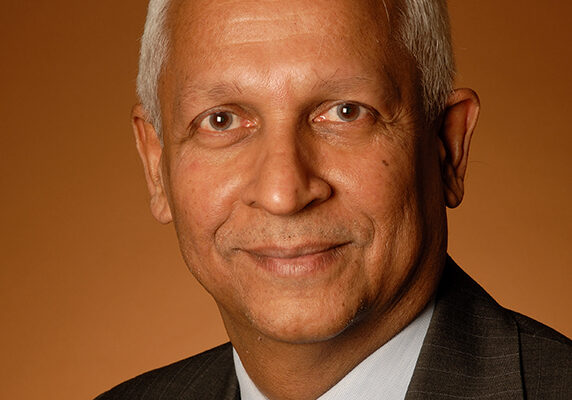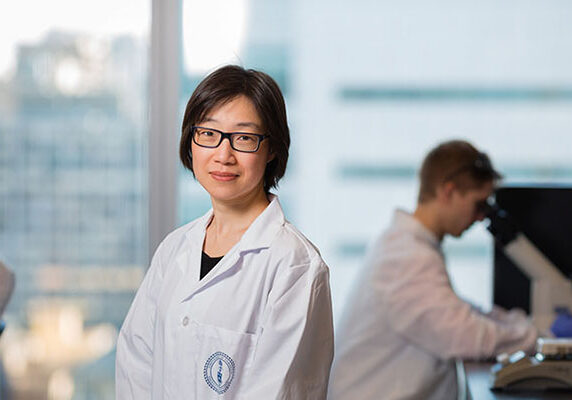
Mapping the city: smart transport data pave the way for a driverless future
Alberto Leon-Garcia’s Connected Vehicles and Smart Transportation project presents an interactive map of Toronto that gives a real-time picture of how people get around the city
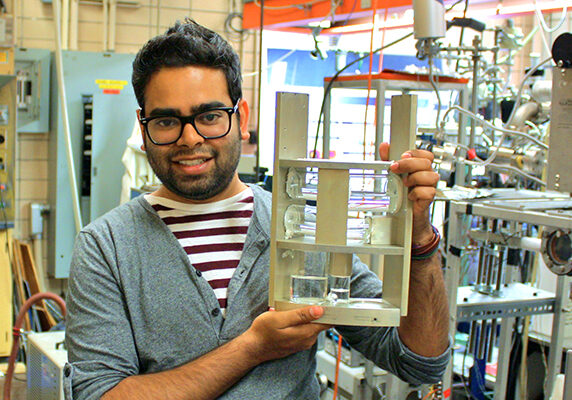
How does water behave in space? U of T Engineering researchers aim to solve longstanding mystery
Experiment launched aboard SpaceX CRS-9 mission to International Space Station should deliver answers

Think a more fuel-efficient engine is the green choice? Maybe not
U of T Engineering researchers show that new breed of fuel-efficient engines may emit lower levels of C02, but more climate-warming black carbon
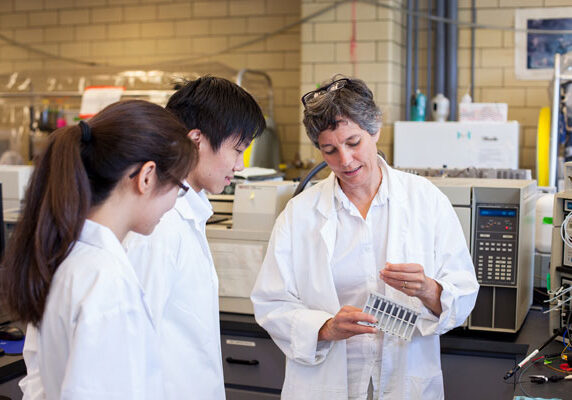
Hungry for hazardous waste: New funding will help commercialize pollution-eating microbes
Professor Elizabeth Edwards and her team are looking to commercialize a mix of micro-organisms that can chow down on benzene and other hazardous chemicals
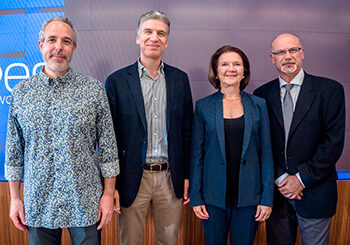
Global leader in machine learning presents at BizSkule
“In the next 20 years, everything is going to change,” predicts Professor Brendan Frey
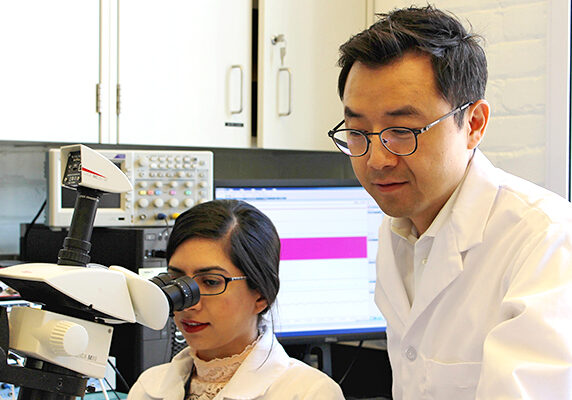
Paul Yoo awarded AGE-WELL research grant for treating overactive bladder disorder
Researchers recently discovered a neural mechanism that can inhibit bladder function by applying electrical pulses to peripheral nerves
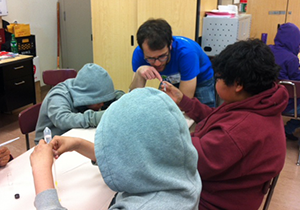
Let’s Talk Science partners with U of T Engineering and Sandy Lake First Nation to combat diabetes
A team U of T graduate students including partnered with members of the Sandy Lake First nation to deliver workshops on diabetes prevention to students in the community.

